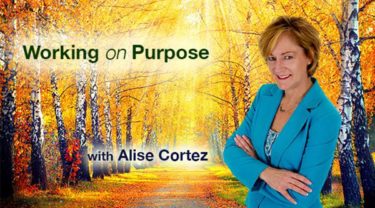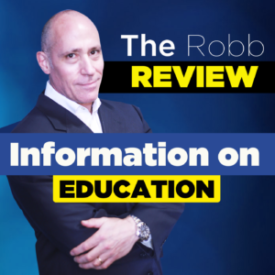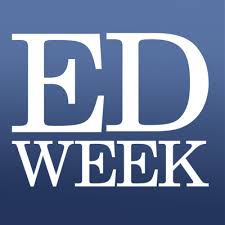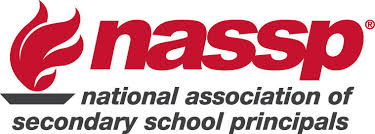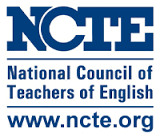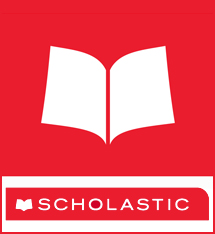Tackling a Serious Equity Issue: Voluminous Joyful Literacy Opportunities
Written by Mary Howard

I will never forget the moment I heard the words that felt like a cruel stab to my heart. As soon as I finished my session, a woman scurried toward me with a scowl plastered on her face. She identified herself as a special education director, stating in an angry tone:
“Research shows that special education students don’t benefit from independent reading so our teachers are forbidden to do it when they’re in the room.”
She walked away as abruptly as she came, leaving me to catch my breath as the full implications of an irresponsible justification of misinformed “research” washed over me. I began my career as a special education teacher in 1972, so a sense of deep sadness intermingled with conflicting emotions ranging from confused to frustrated to angry.
I wish I could say this display of ignorance is rare, but I’ve heard many variations of this tragic stance. Even worse, I see it play out in too many schools as our striving readers are removed from the very experiences that we should be celebrating. And for too many unsuspecting learners, this tradeoff is an intervention where volume is last on the instructional agenda. Considering our least proficient learners as undeserving of the research-based opportunities we so willingly offer our most proficient students is nothing short of educational malpractice.
In Literacy Essentials, Regie Routman discusses equity in education:
“In far too many schools, we accept stagnant or low achievement and play the blame game. We use poverty and other outside factors to shirk our responsibility and maintain our low expectations, and we fail to acknowledge that we can do better. …We need to raise our expectations for what’s possible and see our students as capable and resilient, and assume responsibility for the achievement of all students.”
This illogical view merely blinds us to what’s possible and further widens the volume equity gap. While this is not a new problem, the issue is exacerbated by the intentional act of removing children from our responsibility to them. There are decades of research support for the dramatic role volume plays in student achievement but for the sake of this post, I’ll share just a few of the efforts to close the volume equity gap:
Dr. Richard Allington has been a leader in the area of volume starting with his seminal 1977 article, If they Don’t Read Much, How They Ever Gonna Get Good? and his book What Really Matters for Struggling Readers (2012). In Every Child Every Day (2012) Allington and Gabriel describe six elements of instruction starting with: Every child reads something he or she chooses [every day]. In response to our willingness to honor these “everyday” experiences, they write:
Instead, despite good intentions, educators often make decisions about instruction that compromise or supplant the kind of experiences all children need to become engaged, successful readers. This is especially true for struggling readers, who are much less likely than their peers to participate in the kinds of high-quality instructional activities that would ensure that they learn to read.
The Early Literacy Task Force led by Nell Duke clearly addresses volume in Essential Instructional Practices #8: Abundant reading material and reading opportunities in the classroom with this key bullet point:
- opportunities for children to engage in independent reading of materials of their choice every day, with the teacher providing instruction and coaching in how to select texts and employ productive strategies during reading, feedback on children’s reading, and post-reading response activities including text discussion
Choice reading and volume is also highlighted in the newly released Children’s Rights to Read from the International Literacy Association while Stephanie Harvey and Annie Ward remind us in From Striving to Thriving (2017) that “… the best intervention is a good book–one a child can and wants to read.” These are only a few of the brilliant champions of choice and volume including Donalyn Miller, Colby Sharp, Penny Kittle, Kelly Gallagher, Laura Robb, and too many others to mention.
Notice that none of these references exclude any child or group from experiences that increase the volume of reading, and yet we continue to allow the ignorance-fueled idea that some children don’t benefit from choice reading to spread. Misguided educators allow school-based labels to rob some of our children of the voluminous joyful literacy opportunities they need and deserve. In the process, they cheat them of experiences that could maximize their growth as the volume equity divide widens.
So, what can we do? We could begin by ensuring that these priorities are in place:
- Put non-negotiables practices such as read-aloud and independent reading in the daily schedule first and hold onto them for dear life for all children
- Establish protected times in the day where no child can be removed during these essential events to receive outside support services
- Put your money where your mouth is by purchasing the best children’s texts that you can find and fill schoolwide classroom libraries to brimming
- Ensure classroom libraries reflect varied interest and need including picture books, chapter books, news magazines, comics, graphic novels and more
- Remove all leveling references that tether children to a leveled bin and rob them of choice reading opportunities (this includes Accelerated Reading levels)
- Explicitly teach children how to choose good fit books and honor their choices as you celebrate their personal interests in the selection process
- Rethink programs like Accelerated Reader that turn reading into a test-fueled agenda and actually decreases the choice that fuels voluminous joyful literacy
- Stop purchasing one-size-fits-all programs that wrongly assume that we have one-size-fits-all children and minimize time for meaningful voluminous reading
- Alleviate computerized interventions that ignore the power potential of a highly knowledgeable teacher with massive doses of books in hand
- Create a professional library that includes articles and books that address the role of volume so that teachers will have easy access to these references
- Put volume at the very center of professional learning conversations and explore ways for teachers to embed reading opportunities into every learning day
- Offer extensive professional support for elevating the benefits of independent reading through thoughtfully responsive and flexible instructional support
- Make tiered pull-out interventions the last resort and prioritize your first line of defense so that classroom teachers will maintain a lead support role
- Support teachers in designing more intentional intervention experiences that are carefully embedded into each learning day across all content areas
- Model daily that you live and breathe voluminous joyful literacy in your own life as you share and display what you are reading
- Provide daily opportunities for children to engage in rich reading collaborations and conversations including advertising reading with peers.
- Ensure that interventions prioritize authentic and engaging reading, writing, and talking as you bring voluminous joyful literacy to life instructionally
- Make voluminous joyful literacy the heart and soul of your school so active and enthusiastic engagement in choice reading is at the center of your efforts
John Guthrie provides research-based direction for making this important volume shift. His study of fourth graders should inspire our next step efforts as we acknowledge that our most proficient readers read 500% more than our least proficient readers. He adds:
Because engaged readers spend 500% more time reading than disengaged students, educators should attempt to increase engaged reading time by 200%-500%. This may require substantial reconfigurations of curriculum.
This means that we cannot use lack of time or conflicting schedules as an excuse, rather opting to expend our energy reconfiguring the learning day in the name of our readers. Removing children from these experiences adds to the volume equity issue and further removes us from the 500% increase our striving learners need. It’s worth emphasizing that Guthrie’s volume increase includes reading at home and at school. The questionable argument that volume should be considered a home issue ignores that this 500% increase requires both sources and that access widely varies from home to home, again minimizing volume. Our obsession with one-size-fits-all programs has also dramatically decreased volume while turning reading into a marketing frenzy.
For too long we have allowed irresponsible educators to make ill-informed decisions that fail to consider the implications of those decisions on children. Our silence has turned voluminous joyful literacy experiences for all children upside down. It’s time for us to recognize that shallow thoughtless choices that are devoid of logic or research are an insult to this profession and harm the helpless recipients of those choices – children.
Make no mistake about it – there is a serious volume equity issue in our schools and it is our responsibility to lift our collective voices into the professional air and speak out against this travesty of judgment. While I wish that I could have found the words at the fateful moment that inspired this post, I have since found my voice and intend to use it from this day forward. Children should not have to suffer from ignorance, regardless of whatever title of power they may wield. I intend to speak out against this distorted view and I ask that each of you do the same in whatever way you can. Because if we sit idly by in silence, then we become complicit co-conspirators of an irresponsible lie.
I choose voluminous joyful literacy opportunities and I will fight for the children who are depending on us…
Will you join me?
Links shared in Mary’s post!
Regie Routman, Literacy Essentials
Children’s Right to Read (ILA)
Essential Instructional Practices in Early Literacy K-3 (Michigan/Nell Duke)
Essential Instructional Practices in Literacy Grades 4-5 (Michigan/Nell Duke)
Richard L. Allington and Rachael E. Gabriel Every Child Every Day March 2012 | Volume 69 | Number 6 Reading: The Core Skill Pages 10-15
John T. Guthrie (2004). Teaching for Literacy Engagement. Journal of Literacy Research V. 36 No.1. PP.1-30
From Striving to Thriving by Stephanie Harvey and Annie Ward (Scholastic
What Really Matters for Struggling Readers: Designing Research-Based Programs (3rd Edition) (2012)
![]()




